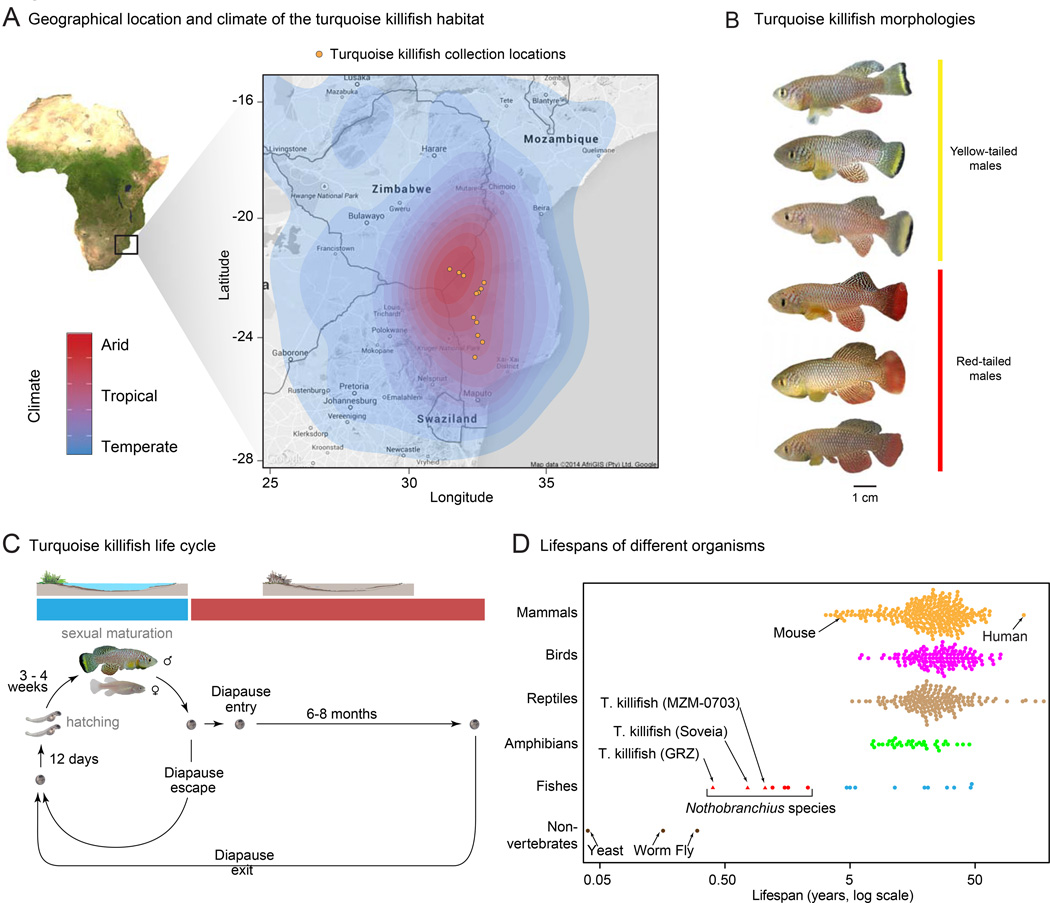Figure 1. The African turquoise killifish is a naturally short-lived vertebrate with multiple strains.
A) Geographical distribution of turquoise killifish in the wild (orange dots). The climate of the area measured by the Koeppen-Geiger index (concentric contours).
B) Examples of different morphological types in turquoise killifish males: yellow-tailed and red-tailed.
C) Life cycle of the turquoise killifish. The turquoise killifish achieves sexual maturation and reproduces during the wet season. Diapausing embryos can survive through the dry season, when the ponds are desiccated. Diapause can be skipped in the laboratory, resulting in a short generation time.
D) Nothobranchius species are among the shortest-lived vertebrates. Lifespan data for turquoise killifish strains are from our experimental data (age of the 10th percentile survivors) and are depicted by triangles. Lifespan of the strains can vary depending on housing conditions. Maximum lifespan data for the other organisms are from the AnAge database.

